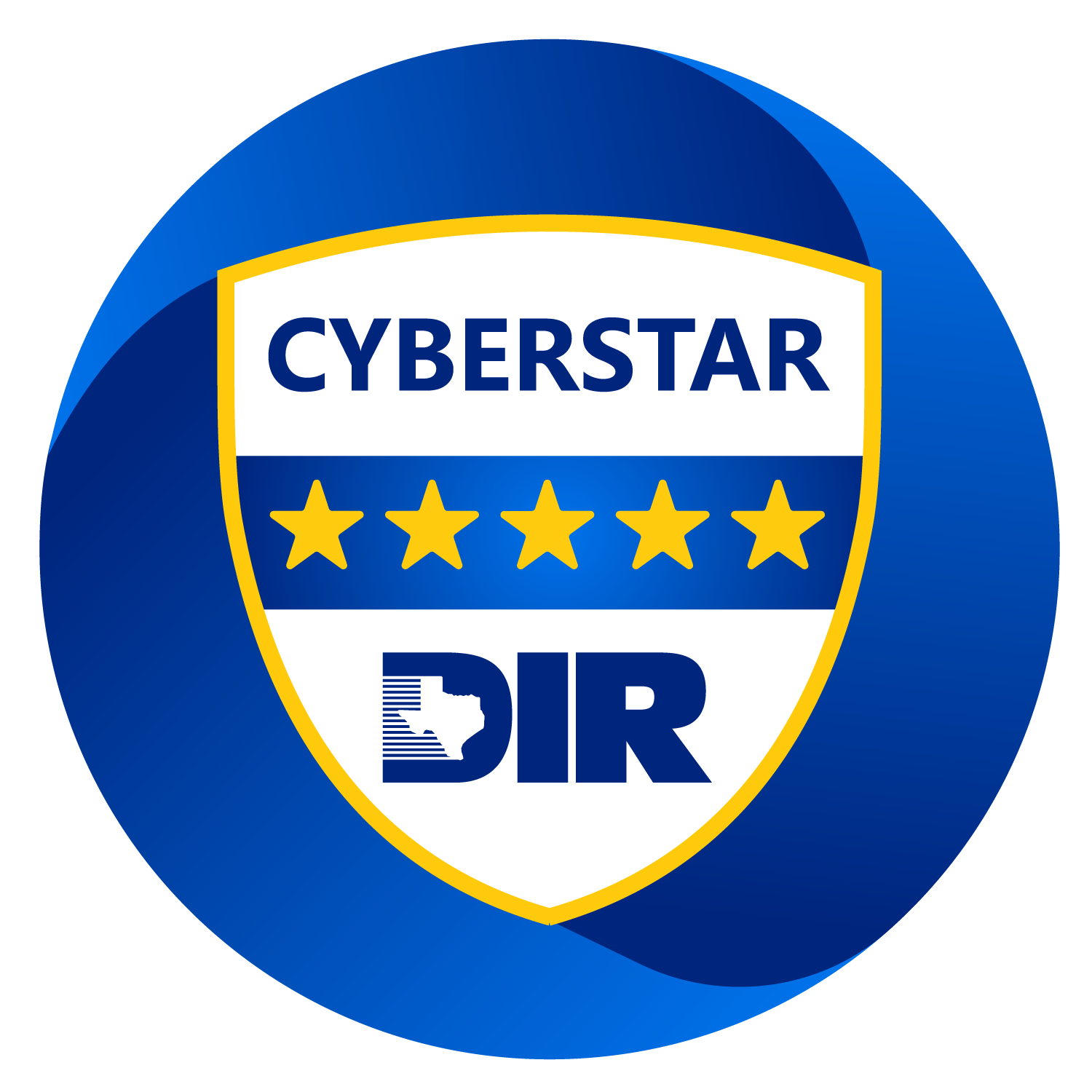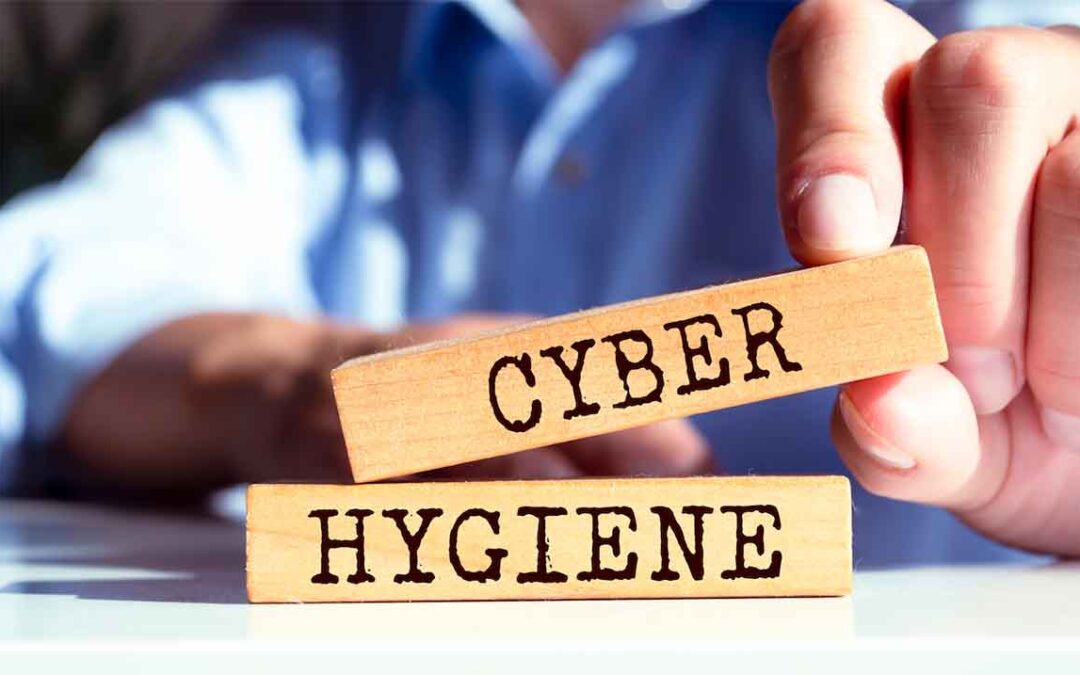Cyber hygiene represents the fundamental practices and behaviors organizations adopt to maintain the health and security of their digital infrastructure. Much like personal hygiene protects physical well-being, cyber hygiene safeguards digital assets through consistent, proactive measures that prevent security breaches and data compromises. This discipline encompasses everything from password protocols and software updates to access controls and backup strategies. Organizations prioritizing cyber hygiene create multiple layers of defense against increasingly sophisticated cyber threats, transforming their digital environments into fortified ecosystems where sensitive information remains protected and business operations continue uninterrupted, regardless of external threats.
7 Cyber Hygiene Best Practices
Implement a Robust Security Framework
A comprehensive security framework forms the foundation of effective organizational cyber hygiene. This framework should encompass network monitoring, threat detection systems, incident response protocols, and regular security assessments. Organizations benefit from establishing clear security policies that define acceptable use, data handling procedures, and response mechanisms for security incidents. The framework must be scalable, adapting to organizational growth and evolving threat landscapes while maintaining consistent protection across all digital touchpoints.
Password Management
Strong password management is a critical component of cyber hygiene. Organizations should enforce complex password policies that mandate unique, lengthy passwords containing combinations of letters, numbers, and special characters. Password managers streamline this process by generating and storing secure credentials, eliminating the temptation to reuse passwords across multiple accounts. Multi-factor authentication adds an additional security layer, ensuring that even compromised passwords cannot grant unauthorized access to sensitive systems.
Tighten Access Controls
Implementing strict access controls ensures that employees can only access information and systems necessary for their specific roles. The principle of least privilege can support all access decisions, granting minimal permissions needed for job functions. Regular access reviews help identify and revoke unnecessary permissions, while role-based access control systems automatically adjust permissions based on employee responsibilities and organizational changes.
Update Software
Keeping software current is one of the most effective cyber hygiene practices. Security patches address known vulnerabilities that cybercriminals actively exploit, making timely updates essential for maintaining system integrity. Organizations should establish automated update processes for operating systems, applications, and security software, while preserving testing protocols to ensure updates don’t disrupt business operations.
Implement Antivirus and Firewall Protection
Modern antivirus solutions provide real-time protection against malware, ransomware, and other malicious software. These systems should include behavioral analysis capabilities that detect unknown threats based on suspicious activities. Firewalls create barriers between internal networks and external threats, monitoring and controlling incoming and outgoing network traffic according to predetermined security rules.
Bolster Email Security
Email remains a primary attack vector for cybercriminals, making robust email security essential. Organizations should implement spam filters, phishing detection systems, and email encryption for sensitive communications. Employee training helps staff identify suspicious emails, while advanced threat protection solutions can detect and quarantine sophisticated phishing attempts before they reach user inboxes.
Back Up Data
Regular data backups provide the ultimate safety net against data loss from cyberattacks, system failures, or human error. Organizations should follow the 3-2-1 backup rule: maintain three copies of critical data, store them on two different media types, and keep one copy off-site. Automated backup systems ensure consistency, while regular restoration testing verifies backup integrity and accessibility.
6 Cyber Hygiene Mistakes to Avoid
Recycling Old Passwords
Reusing passwords across multiple accounts creates a domino effect when one account becomes compromised. Cybercriminals often test stolen credentials across various platforms, turning a single breach into numerous security incidents. Poor password hygiene is the leading cause of employee-driven cyber incidents worldwide. Organizations must enforce unique passwords for every account and system, using password managers to eliminate the inconvenience of remembering multiple complex passwords.
Ignoring Patch Management
Delayed software updates leave systems vulnerable to known exploits that cybercriminals can easily leverage. Many high-profile breaches result from attackers exploiting unpatched vulnerabilities with fixes available for months. Organizations need systematic patch management processes that prioritizing critical security updates while maintaining operational stability.
Failing to Implement Antivirus Software or Firewalls
Operating without proper antivirus protection and firewall barriers leaves organizations defensively exposed to malware infections and unauthorized network access. These fundamental security tools provide essential protection against common threats, and their absence often leads to preventable security incidents that could have devastating consequences for business operations.
Dismissing Employee Cyber Security Training
Human error contributes to significant security breaches, making employee education crucial for cyber hygiene. Organizations that neglect security training leave staff unprepared to recognize and respond to social engineering attempts, phishing emails, and other human-targeted attacks that bypass technical security measures.
Granting Excessive Access to Users
Overprivileged user accounts create unnecessary risk by providing access to systems and data beyond what employees need for their roles. When these accounts become compromised, attackers gain broader access to organizational resources, potentially causing more extensive damage than targeted, limited-access breaches.
Not Backing Up Data
Organizations without proper backup strategies face catastrophic data loss when ransomware attacks, system failures, or natural disasters strike. The absence of reliable backups often forces companies to pay ransom demands or permanently lose critical business information, highlighting the importance of comprehensive backup and recovery planning.
Explore Cyber Hygiene Solutions with Cynergy Tech
Building a fortress around your digital assets doesn’t have to be overwhelming when you have the right partner. Cynergy Tech specializes in comprehensive network security solutions that transform organizational cyber hygiene from a complex challenge into a streamlined, manageable process. Our team brings over forty-two years of experience delivering cutting-edge IT solutions to businesses across all industries and sizes, creating customized security frameworks that align with your specific operational needs and threat landscape.
Ready to elevate your organization’s cyber hygiene and protect what matters most? Schedule a free consultation with our security experts today and discover how our proven methodologies can safeguard your digital future!







